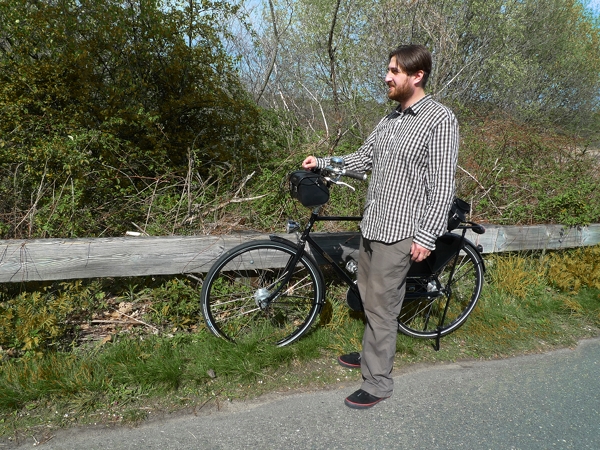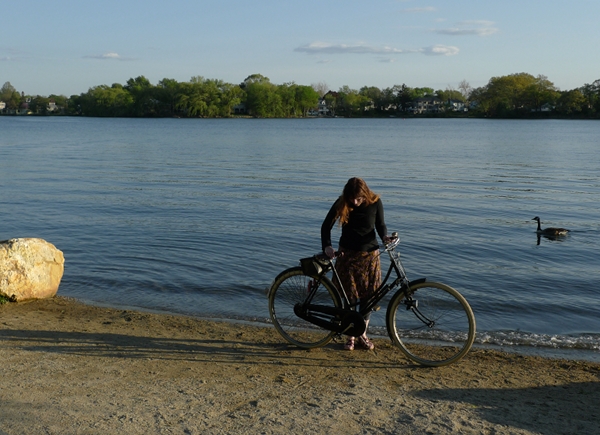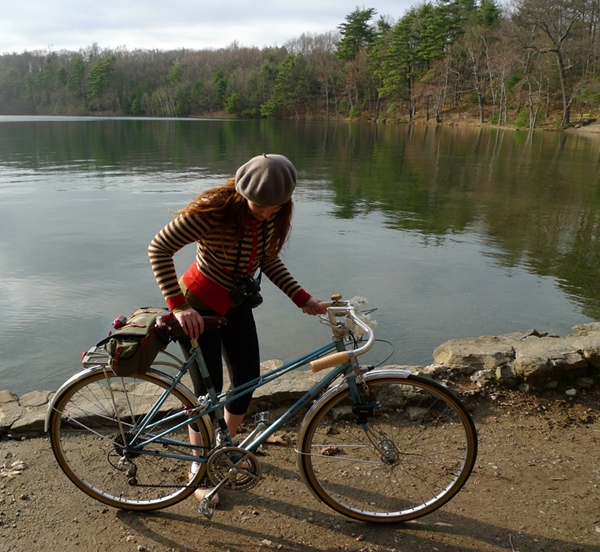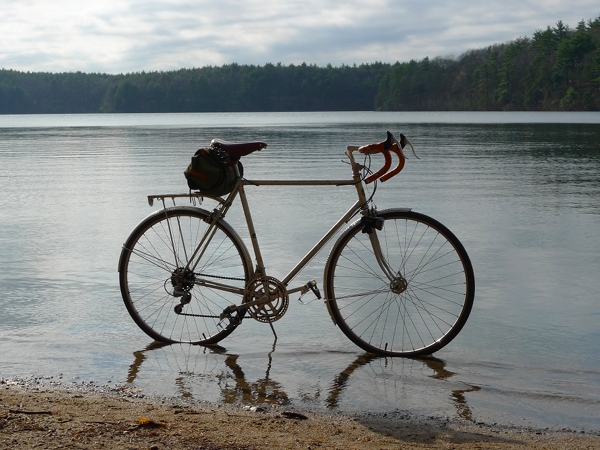Last Sunday I felt so invigorated in my
spring Wheeling Suit, that I decided it was time for my first mini-tour. The Co-Habitant had to work, so I went on my own - to Concord, which is a small town about 18 miles from where we live.

Here is
Marianne posing to show off that she had reached Concord.

This is a popular cycling route in the Boston area. I first went through the
Minuteman Trail and then cycled on the road (Route 62 W) for an additional 5.5 miles. At the end of the Minuteman Trail, I overheard a pair of road cyclists - dressed in full lycra and on super-high-tech bikes - discussing whether they should go to Concord or choose a different direction. One of them said that the route to Concord is really hilly and he didn't feel like dealing with that. This alarmed me, but I decided to start cycling in that direction anyway just to see how it is. If too hilly, I would simply turn back. Well, clearly that did not happen - which makes me wonder how to interpret the super-roadcyclist's comment. The terrain was completely manageable on a 12-speed bicycle.

Hills or no hills, I loved cycling on Route 62. There are few cars, plenty of shade even at mid-day, fresh air, and often a shoulder to cycle on. Along the way are farms, picturesque New England houses, old cemeteries, and stretches of woods. This is my dream landscape for touring, and I wonder whether Route 62 West continues to be just as nice further West? If you are local, please let me know.

It took me about 1 1/2 hours to arrive to Concord center from my house, not counting a coffee stop along the way. Since it is an 18-mile route, this means I was going an average of 12 mph: slow and steady, which is probably a good way to start for someone like me.
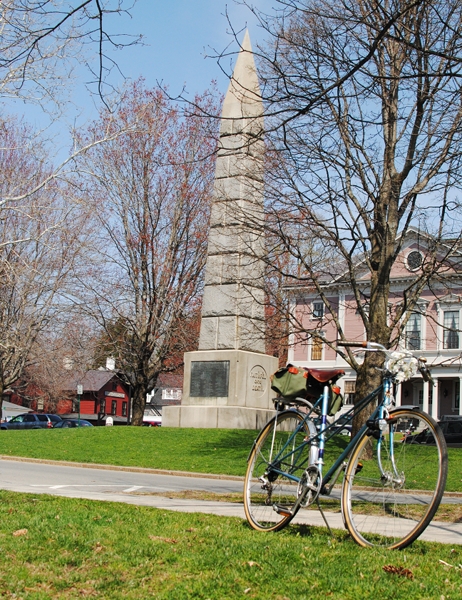 Concord, Massachusetts
Concord, Massachusetts is a fascinating town from a historical perspective - having been home to Emerson, Thoreau and Hawthorne, among others. Its most famous site is probably
Walden Pond, but I intentionally did not cycle in that direction because I want to visit it with the Co-Habitant. Instead, Marianne and I explored the town center.
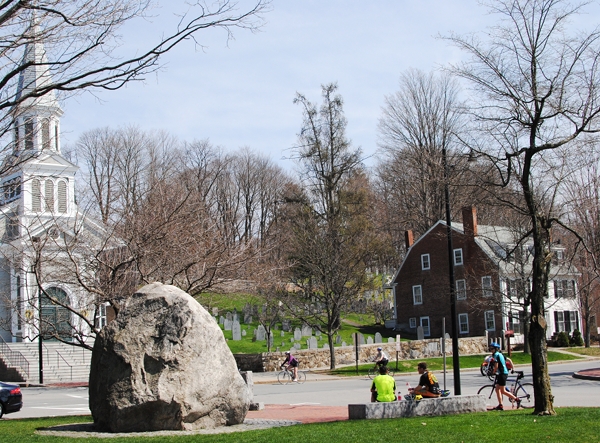
It was Easter Sunday, and the people out on the streets were an amusing mix of churchgoers in their Sunday best and cyclists in skin-tight black and neon lycra.
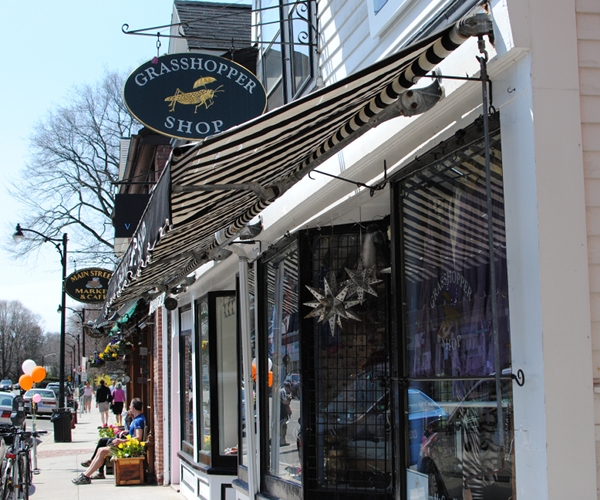
The mood in the town center was festive.
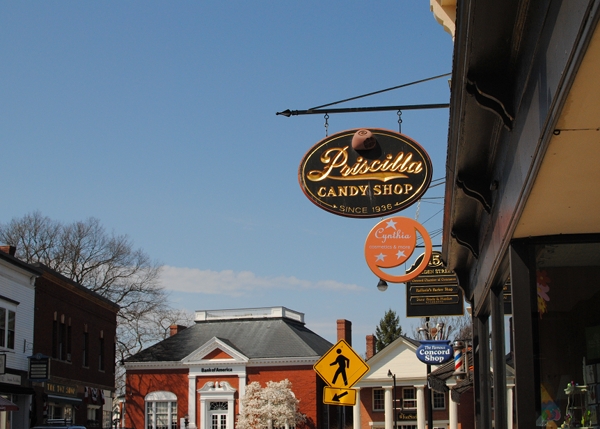
No businesses were open except for a couple of cafes, but it was fascinating just to walk around the streets and observe.

For such a tiny town, Concord is home to a staggering number of churches. I think there were close to a dozen in the center alone.

Aside from churches, I noticed an abundance of landmark signs that refer to things that were once in that spot, but no longer are: trees that have been felled, streams that have been drained and built upon, mills and historical homes that have been demolished, etc.

There is a feeling of living in the past that the town seems to intentionally embrace - from the quaint storefronts on Main Street, to other nostalgic details here and there, like this antique bicycle next to a popular food market. I wonder whether the area around Walden Pond has a similar feel to it. Hopefully we will visit there soon.

After spending about an hour and a half in Concord, I headed back - via Route 62 again and then the Minuteman Trail. Not much was in bloom along the trail yet, but it was good to be there for the first time since November. Despite it being Easter Sunday, the path was not too crowded and I returned home in good time.

For my first mini-tour involving road cycling and a specific destination, I thought this went well. I ate at well-spaced intervals and did not get tired. In general, I feel that my endurance of long rides is determined more by comfort than physical ability: pain begins to bother me before I have the chance to grow tired. In the past, the major problems were saddle discomfort (the Brooks Flyer Special
refused to break in no matter what), handlebar discomfort (too much weight placed on the hands would result in pain), and generally feeling not entirely in control of this bicycle. The control problem
has been solved now. And after the latest raising of the saddle, the Flyer feels much better. The handlebars remained an issue simply because the mountain bike hand position of the
Milan bars is not good for long rides. My hands did not go numb during this trip, but I felt that it would happen soon if I kept going. I have now found a solution to this, and will write about it in the next post.
A 36-mile trip is not a big deal, but it's a good step up from the 25-mile trips I have been taking. My plan is to eventually proceed to 50 miles, then more, so as to be ready for a multi-day tour by the end of summer. Any advice about the proper way to do this - or nice spots to cycle to in New England - is welcome!
 Just about the only thing saving my sanity during the awful heatwave we are having in Vienna, is the splendid and beautiful Danube. The Danube River and the Danube Canal run through the length of the city, and the bicycle paths along them are extremely useful for travel from one neighborhood to another. The streets of Vienna may be choking with exhaust fumes and the asphalt may be melting from the heat, but the cycle paths by the river are leafy and breezy. And they can take you from the center of town to the serene countryside in as little as 30 minutes!
Just about the only thing saving my sanity during the awful heatwave we are having in Vienna, is the splendid and beautiful Danube. The Danube River and the Danube Canal run through the length of the city, and the bicycle paths along them are extremely useful for travel from one neighborhood to another. The streets of Vienna may be choking with exhaust fumes and the asphalt may be melting from the heat, but the cycle paths by the river are leafy and breezy. And they can take you from the center of town to the serene countryside in as little as 30 minutes!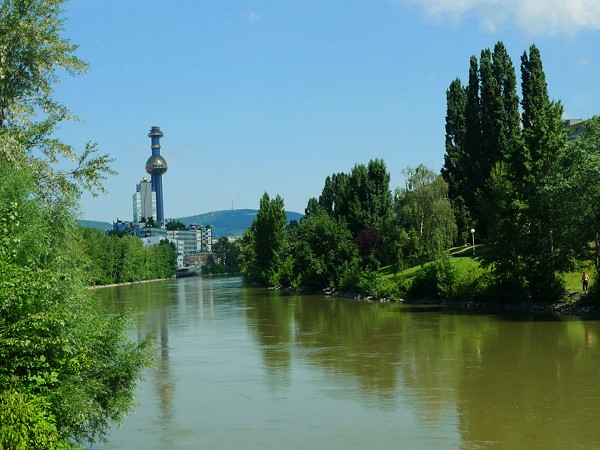 A couple of days ago, Anna (from Cycling is Good for You) and I escaped Vienna for a trip to the country, swapping bicycles while we were at it. But I will have to postpone writing about that, because I am off to a conference in Romania (which, incidentally, is accessible via the very Danube bicycle path that runs through Vienna). I enjoy knowing that I can get on the river path around the corner from my house, and just keep going for days until I reach either the Black Forest in Germany, or the Black Sea in Romania. And this is the same bike path on which I commute to work! Magical.
A couple of days ago, Anna (from Cycling is Good for You) and I escaped Vienna for a trip to the country, swapping bicycles while we were at it. But I will have to postpone writing about that, because I am off to a conference in Romania (which, incidentally, is accessible via the very Danube bicycle path that runs through Vienna). I enjoy knowing that I can get on the river path around the corner from my house, and just keep going for days until I reach either the Black Forest in Germany, or the Black Sea in Romania. And this is the same bike path on which I commute to work! Magical.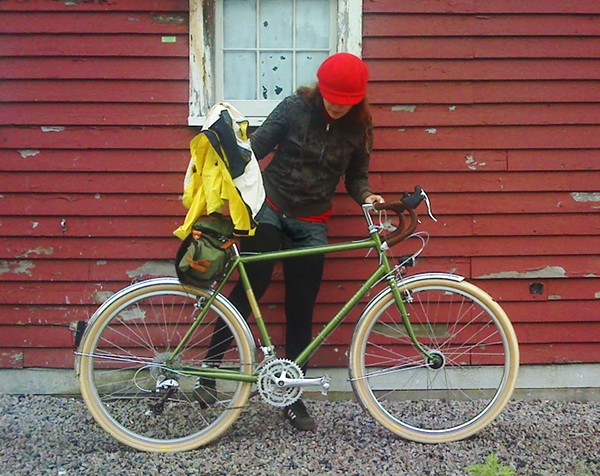
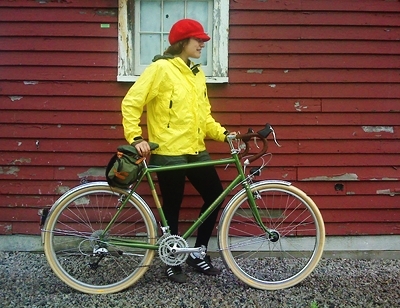
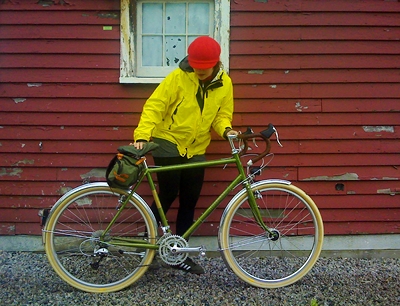


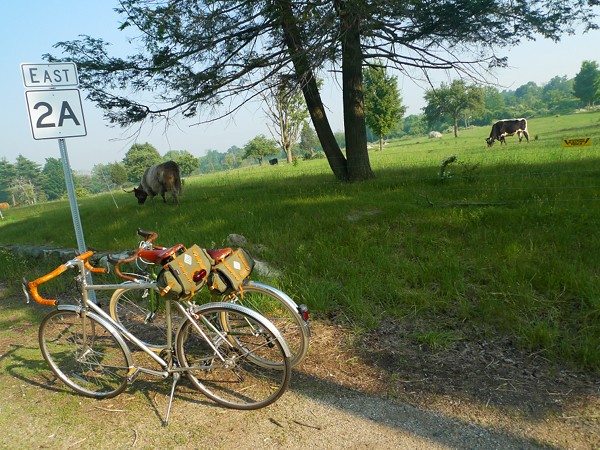



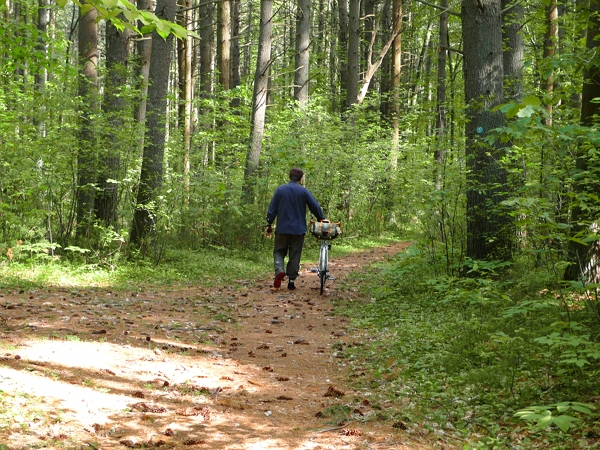
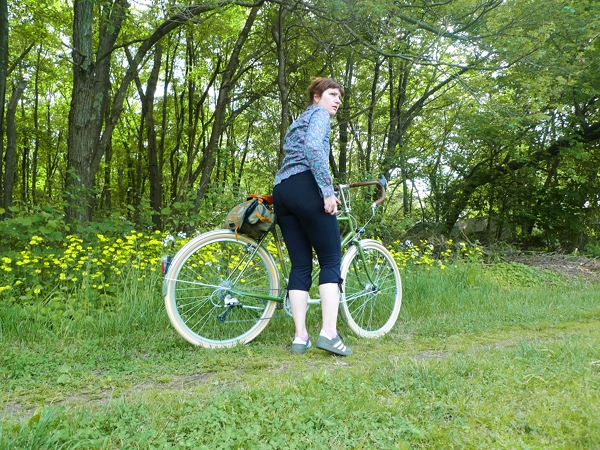

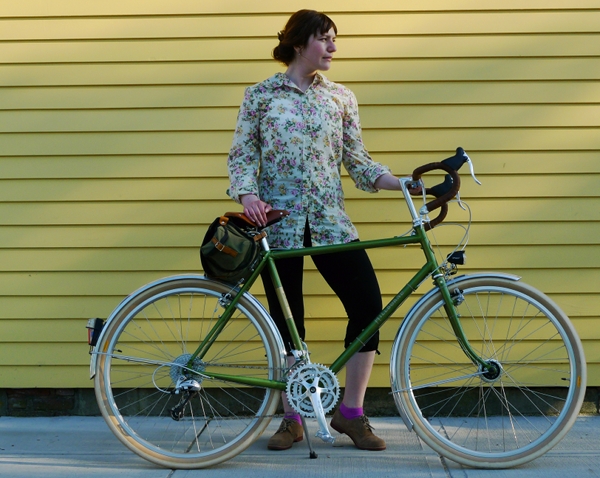
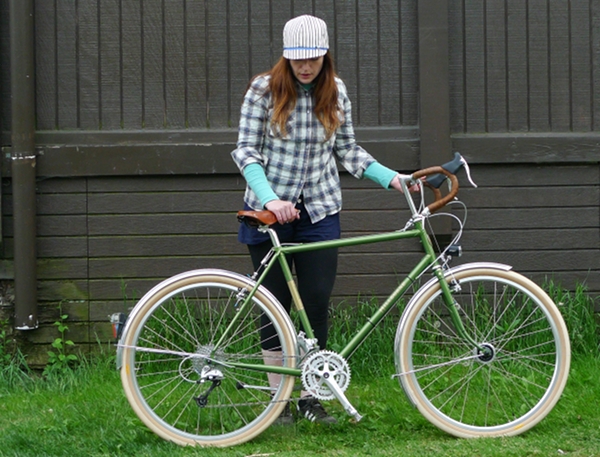
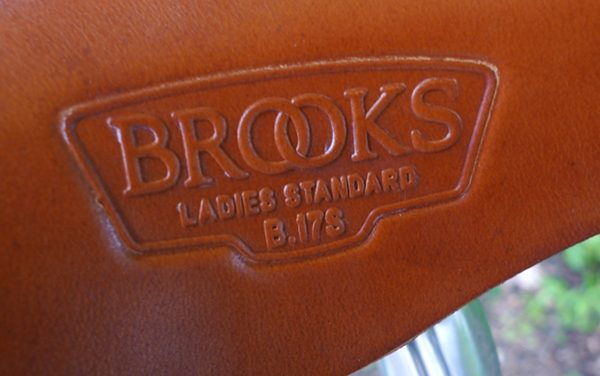
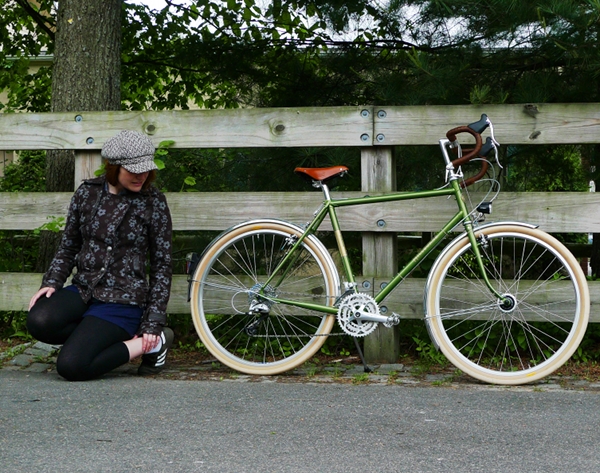

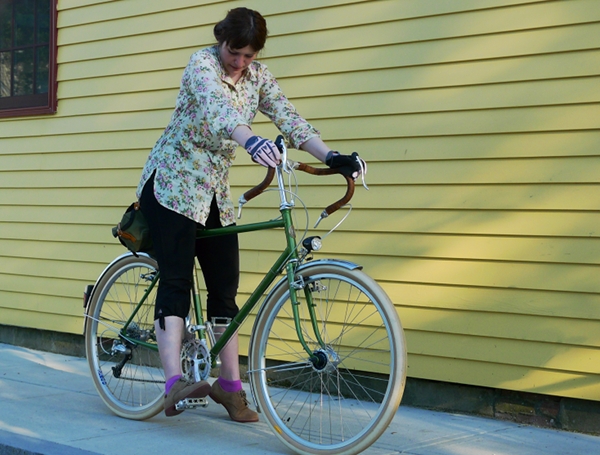
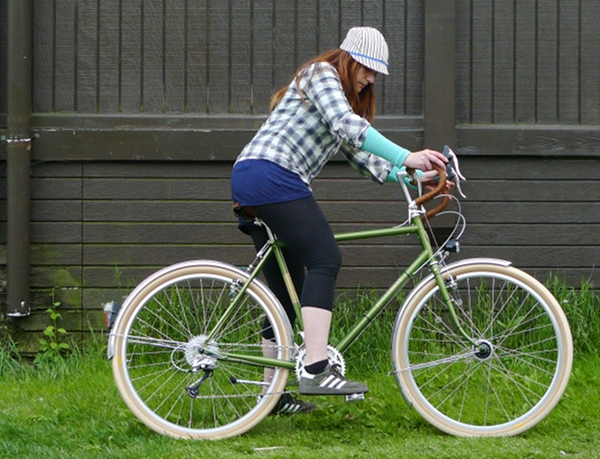

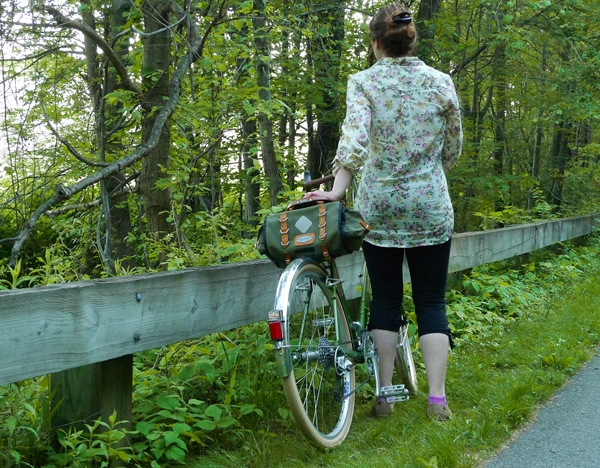
 {edited to add: There is now also a
{edited to add: There is now also a 







